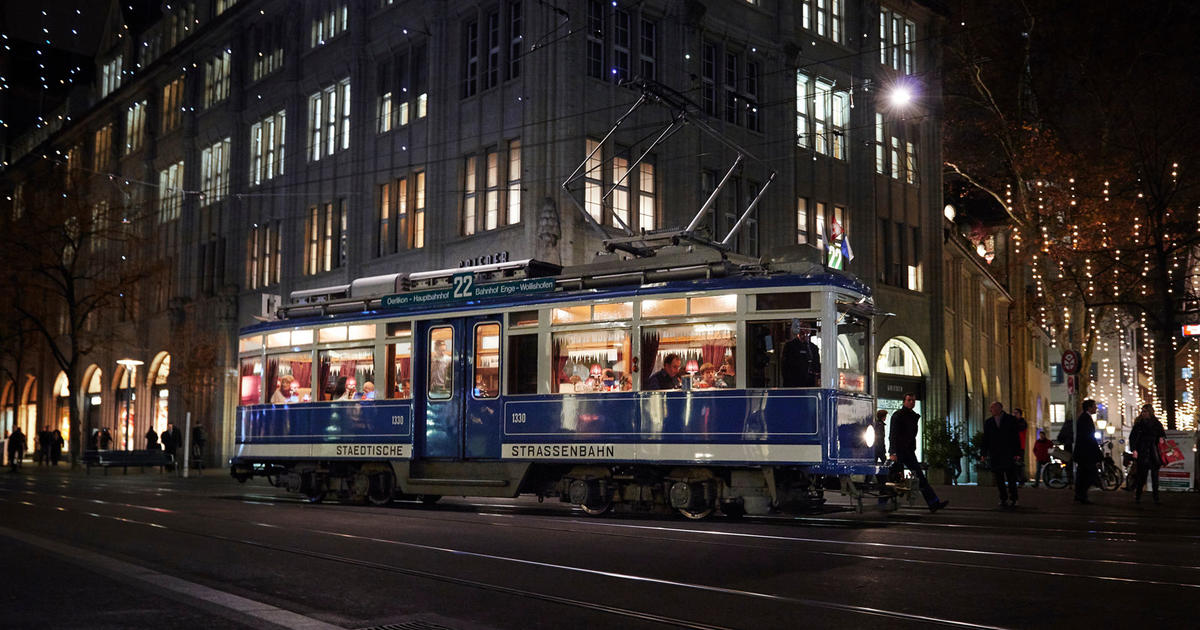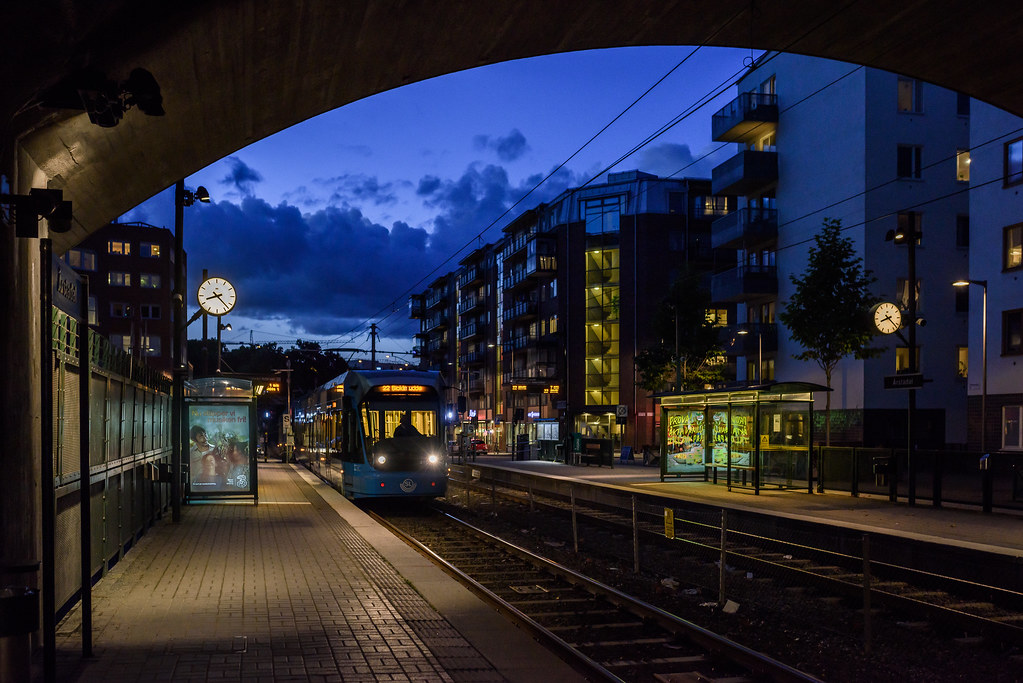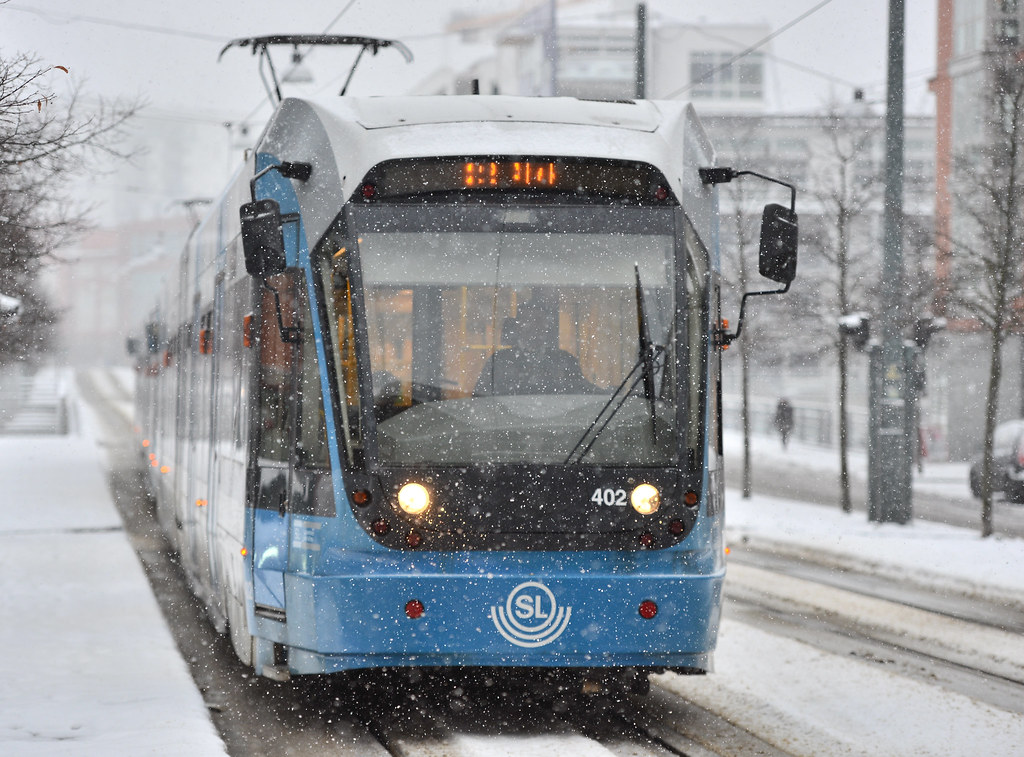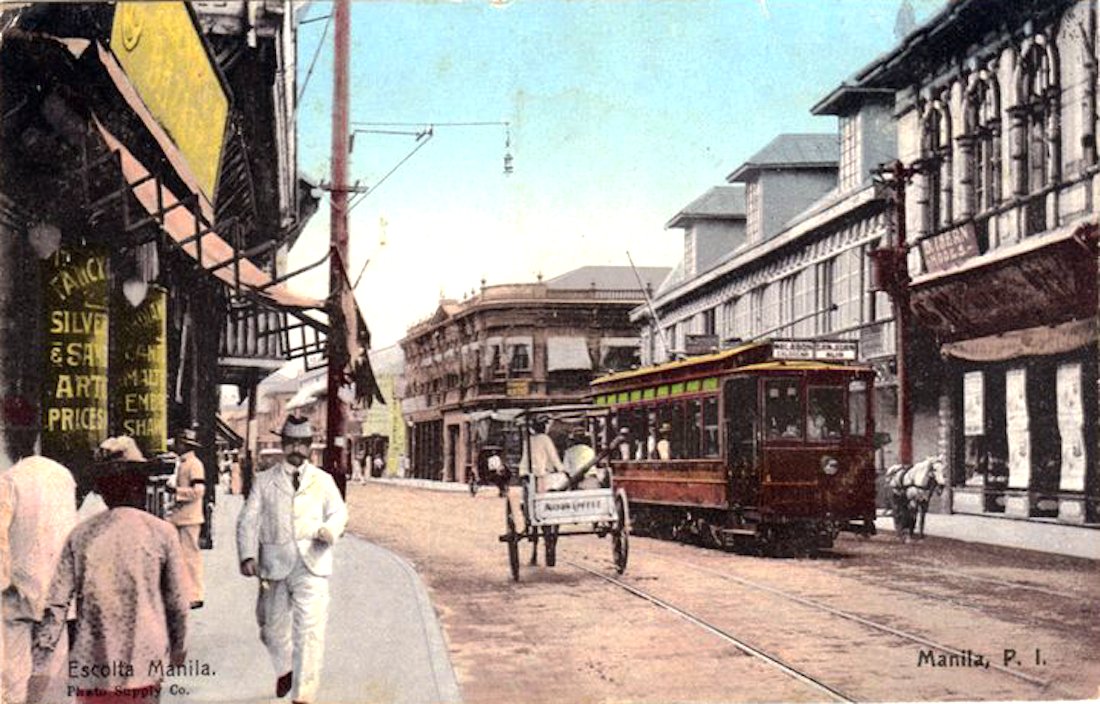The average useful lifespan of a tram in inner city traffic is 60 years. For a bus, it is 10 years. For a car, 8 years. #TrainTwitter
A modern tram can carry about 300 passengers in rush hour traffic. A modern bus, about 100. A car, 4.
This is important, because between 50-90% of the operating cost of a bus or tram is the cost of the driver. Trams carry far more passengers than busses per driver. #TramTwitter
Trams can be made more or less independent, running on their own dedicated roads. Cars compete in traffic with other cars, and at a certain point even buses get stuck in traffic jams caused by other buses. Trams are the apex above ground traffic equalizer. https://www.japantimes.co.jp/news/2018/02/23/national/kyoto-struggles-keep-buses-running-time-amid-surge-overseas-visitors/#.XtEY4p4zZUQ">https://www.japantimes.co.jp/news/2018...
You can plan your life around a tram network. Whole neighborhoods can grow up, evolve. Schools, hospitals, arenas can be planned by how the tram network is designed. Bus systems, not so much: always changing, and their routes often makes no sense. https://twitter.com/wrathofgnon/status/1070509330779144192?s=20">https://twitter.com/wrathofgn...
Tram lines builds culture. Tram lines change lives. Tram lines becomes living tradition. https://twitter.com/wrathofgnon/status/1160887738201038849?s=20">https://twitter.com/wrathofgn...
Trams can be made to literally run on grass, reducing maintenance costs, toxic asphalt, run offs, pollution etc. to a bare minimum in a city. And save money. https://twitter.com/wrathofgnon/status/1110389063419228160?s=20">https://twitter.com/wrathofgn...
Public transport is extremely likely to attract criticism, people often depend on it for their livelihoods. A public good that has the potential to upset absolutely everyone living in a city. But trams can be done right. Stockholm& #39;s newest tramline Tvärbanan is an example.
From November 2018 to February 2019, the worst months imaginable for a city tramline in freezing snow country, while public transport as a whole took in 36 176 complaints, the Tvärbanan only took in a total of 90 complaints: 0.25%. Astounding numbers for a European country.
What happens when a city loses its tram system? Let us look at Manilla: once the finest tram system in Asia, the Tranvias. Begun in Spanish colonial era, at its peak in the 1920s it carried 35 million passengers annually. The photo shows a tram car in the year 1900.
In 1945 Manilla City and its tram system was wiped out in an American bombing campaign. The system could have been relatively easily repaired, but instead the tracks were torn out and replaced with motor transport. The result might be the worst traffic situation in modern Asia.

 Read on Twitter
Read on Twitter









